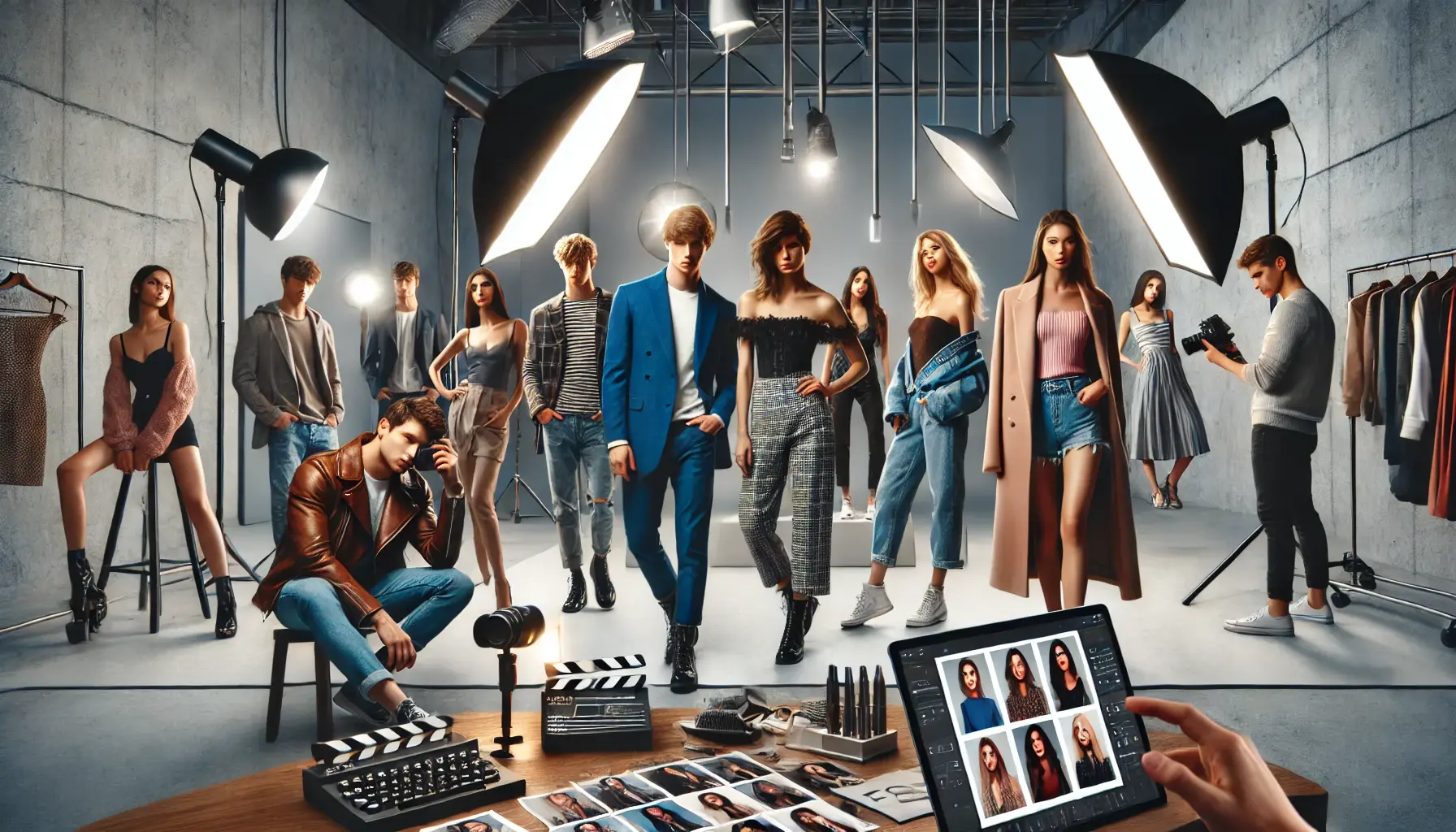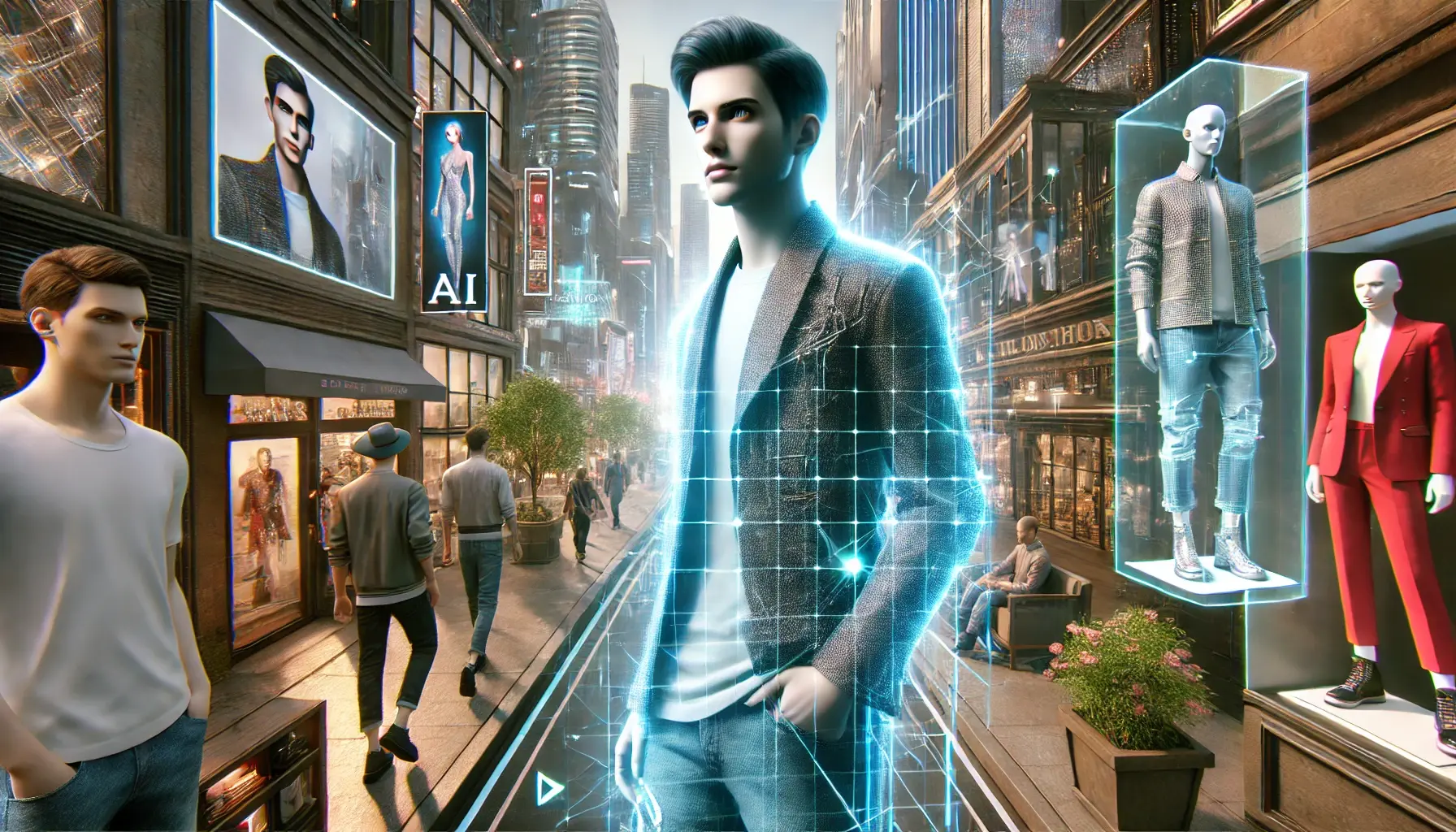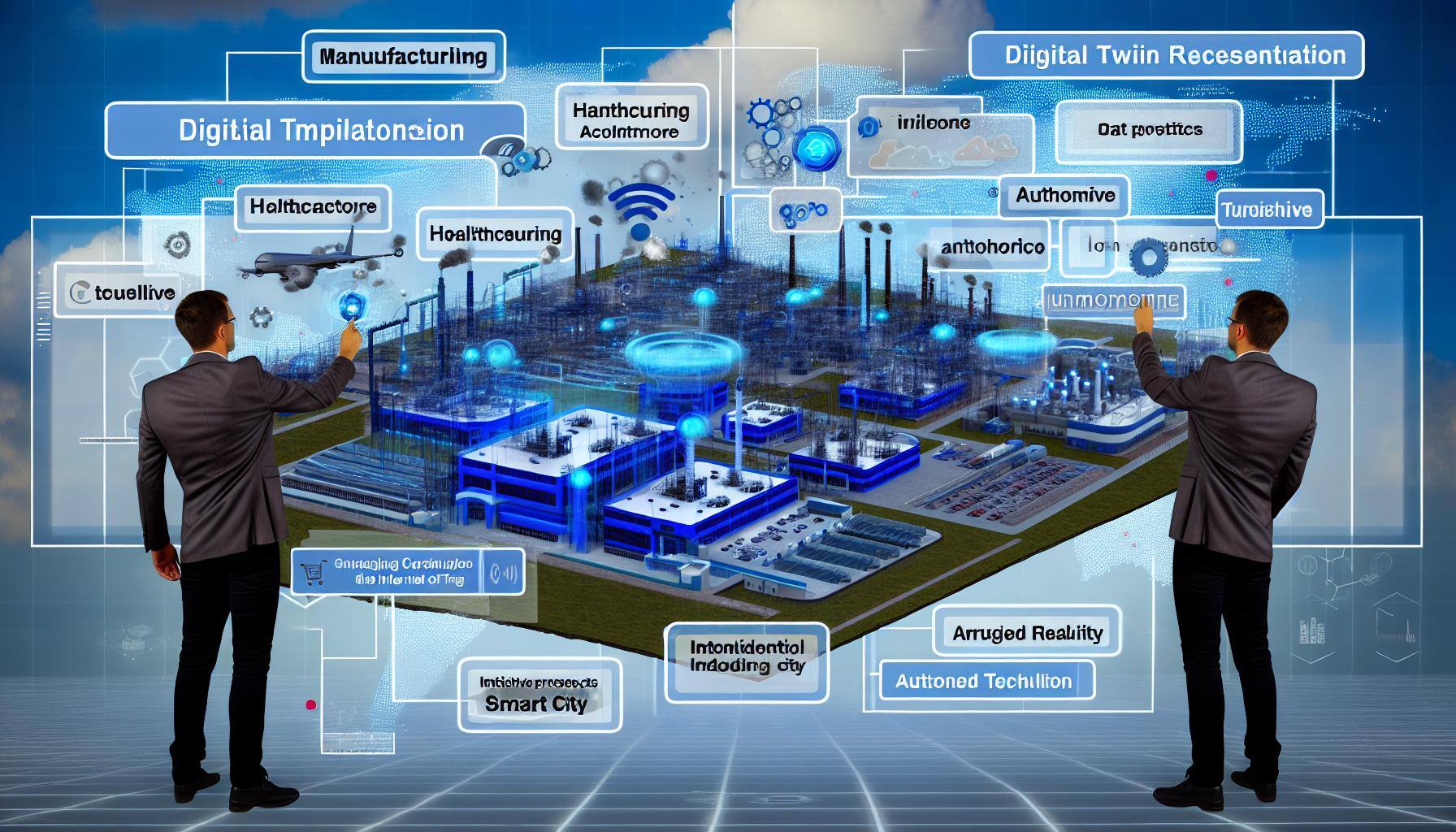6 min read
How to Become a Clothing Brand Model
A Guide to Breaking into the Fashion Industry Introduction Becoming a clothing brand model is a dream for many aspiring models in the USA. The...
3 min read
The Amazing Team at Virtual Marketer Max : Aug 16, 2024 10:00:00 AM
The fashion industry is undergoing a profound transformation with the emergence of virtual models. These digital entities, created using advanced CGI and AI technologies, are redefining the way brands market their products and engage with consumers. Virtual models offer a unique blend of creativity, innovation, and cost-effectiveness, making them increasingly popular in the USA and beyond. This article explores the rise of virtual models, their impact on the fashion industry, and the opportunities they present for brands and consumers.
Virtual models are computer-generated representations of human figures, designed to showcase fashion and beauty products. They are created using a combination of 3D modeling, CGI, and AI technologies, resulting in highly realistic and customizable digital characters. These models can be tailored to meet specific brand aesthetics, allowing for endless creative possibilities.
Several virtual models have gained prominence in the fashion industry. Notable examples include Shudu, the world's first digital supermodel, and Imma, a Japanese virtual model known for her strikingly realistic appearance. These digital models have garnered significant social media followings and have collaborated with major fashion brands, highlighting their growing influence.
Virtual models offer numerous advantages for marketing and branding. They provide a cost-effective alternative to traditional models, eliminating expenses related to travel, accommodation, and logistics. Moreover, virtual models can be available 24/7, enabling brands to execute campaigns faster and more efficiently. Their digital nature allows for easy customization and adaptation to different marketing strategies and brand identities.
The use of virtual models unlocks new levels of creative freedom for fashion brands. Designers and marketers can experiment with various looks, styles, and environments without the constraints of physical reality. This flexibility enables brands to push the boundaries of fashion, creating visually stunning and imaginative campaigns that capture consumer attention.
Sustainability is a growing concern in the fashion industry, and virtual models offer an eco-friendly solution. By reducing the need for physical photo shoots and minimizing waste, virtual models contribute to more sustainable practices. This aligns with the increasing consumer demand for environmentally responsible brands and products.
Virtual models can enhance consumer engagement by offering interactive and personalized experiences. Through augmented reality (AR) and virtual reality (VR) technologies, consumers can visualize how products will look on them, creating a more immersive shopping experience. This level of interactivity fosters a deeper connection between brands and consumers, driving loyalty and sales.
One of the main challenges of using virtual models is maintaining authenticity and relatability. While digital models offer numerous advantages, they may lack the genuine human connection that traditional models provide. Brands must balance the use of virtual and real models to ensure they resonate with their audience.
The rise of virtual models also raises ethical concerns, such as transparency and representation. Brands must be transparent about the use of digital models and ensure they promote diverse and inclusive representations. This helps build trust with consumers and supports broader efforts towards inclusivity in the fashion industry.
Creating highly realistic and interactive virtual models requires significant technological expertise and investment. Brands must collaborate with skilled professionals and invest in advanced technologies to develop and maintain their digital models. Despite these challenges, the long-term benefits of virtual models make them a worthwhile investment.
The future of virtual models in the fashion industry looks promising. As technology continues to advance, virtual models will become even more realistic and versatile. We can expect to see increased integration of AR and VR technologies, enabling more immersive and personalized shopping experiences. Additionally, virtual models will play a crucial role in the digital transformation of fashion, helping brands stay competitive in an ever-evolving market.
Virtual models are revolutionizing the fashion industry by offering unprecedented levels of creativity, efficiency, and sustainability. Their impact is being felt across marketing, branding, and consumer engagement, making them an invaluable asset for fashion brands. As technology continues to evolve, the role of virtual models will only grow, shaping the future of fashion in exciting and innovative ways.
For brands looking to leverage the power of virtual models, Virtual Marketer Max provides top-notch solutions to create and manage AI-driven influencers.
Virtual models are computer-generated representations of human figures used to showcase fashion and beauty products. They are created using 3D modeling, CGI, and AI technologies, resulting in highly realistic digital characters.
Virtual models offer cost-effectiveness, creative freedom, sustainability, and enhanced consumer engagement. They enable brands to execute campaigns faster, experiment with different styles, and provide immersive shopping experiences.
Yes, ethical concerns include transparency and representation. Brands must be transparent about the use of digital models and promote diverse and inclusive representations to build trust with consumers.
For more information on creating and managing virtual models, visit Virtual Marketer Max.

6 min read
A Guide to Breaking into the Fashion Industry Introduction Becoming a clothing brand model is a dream for many aspiring models in the USA. The...

6 min read
Introduction Artificial intelligence (AI) is transforming various industries, and the fashion world is no exception. One of the latest innovations is...

5 min read
Who is Virtual Models? Virtual models, also known as digital twins, have become an integral part of industries across the globe. These...